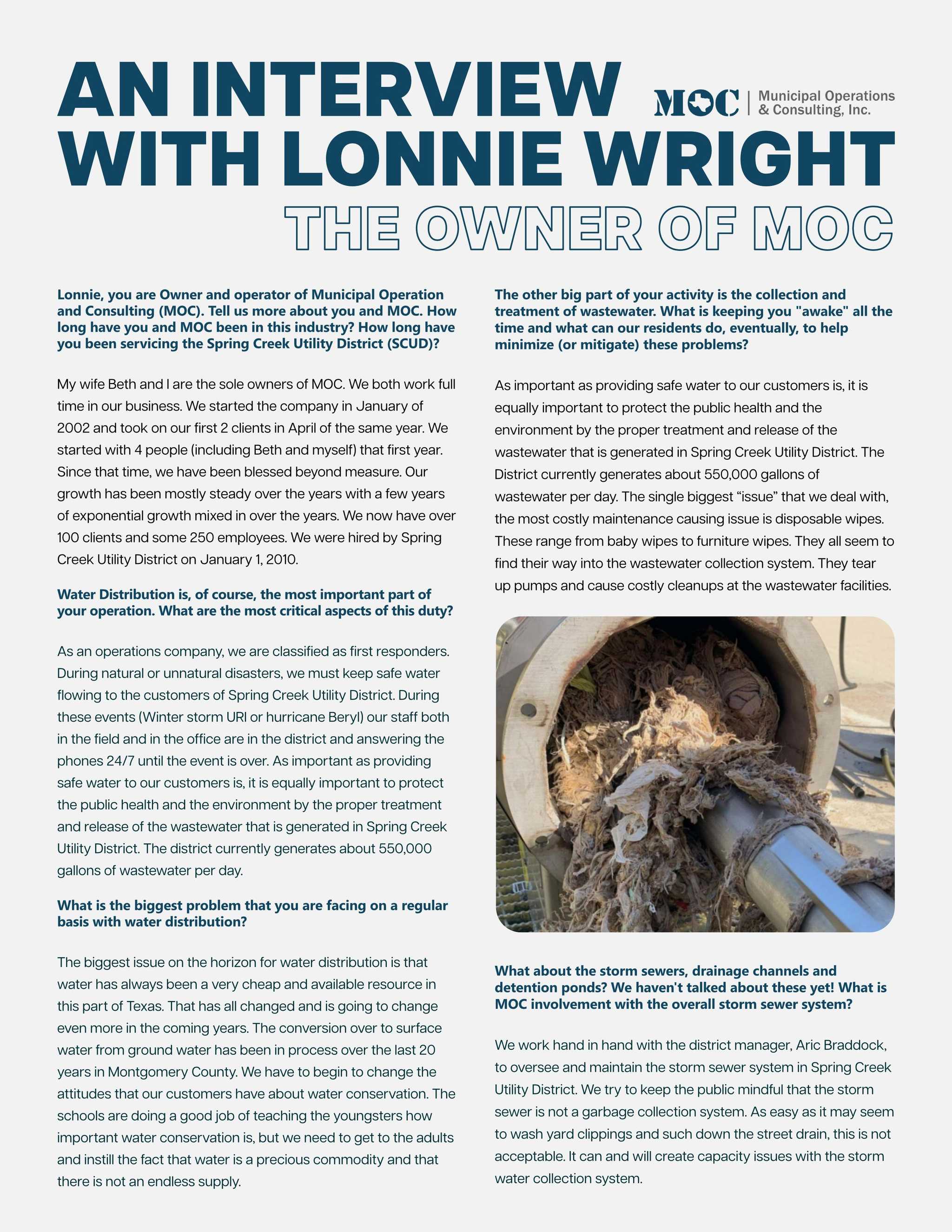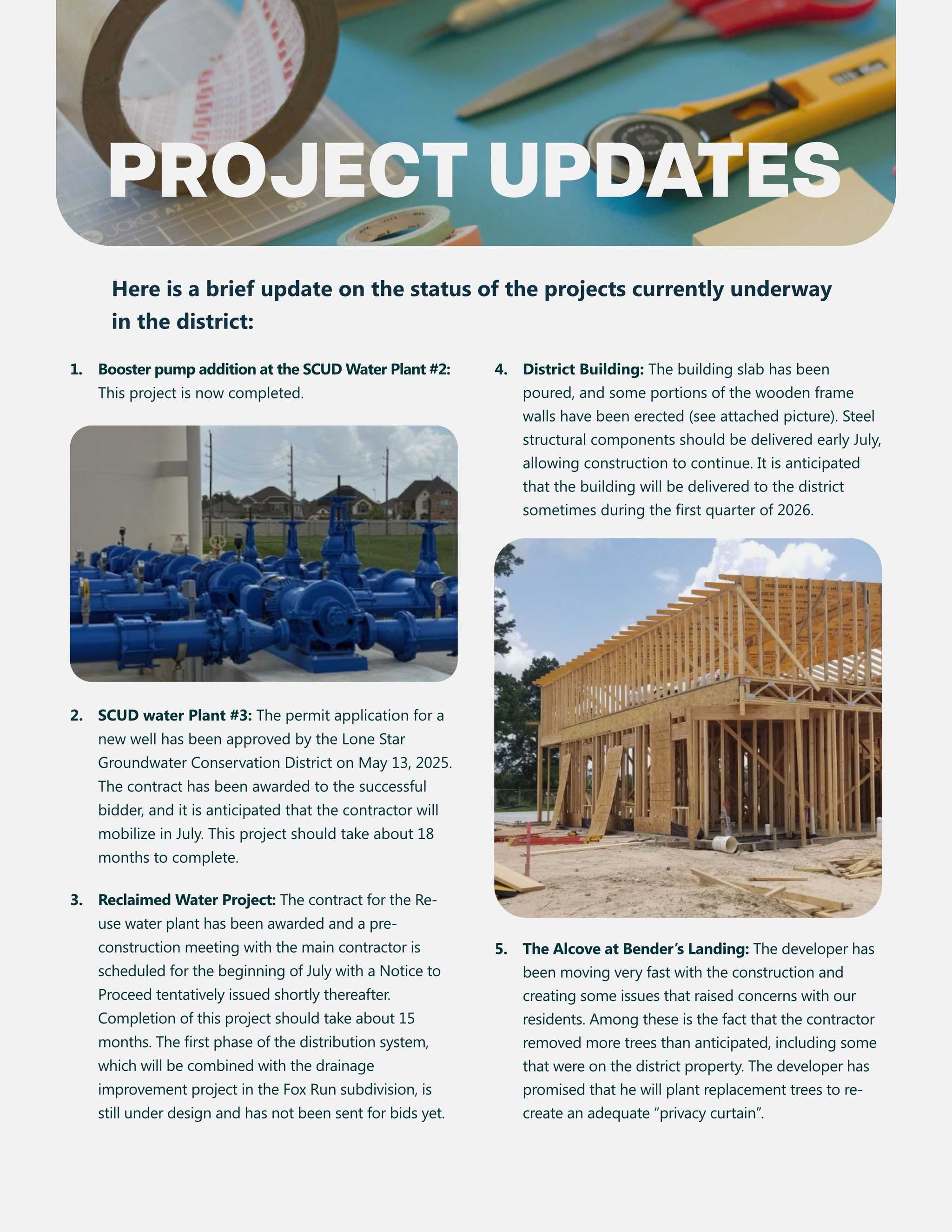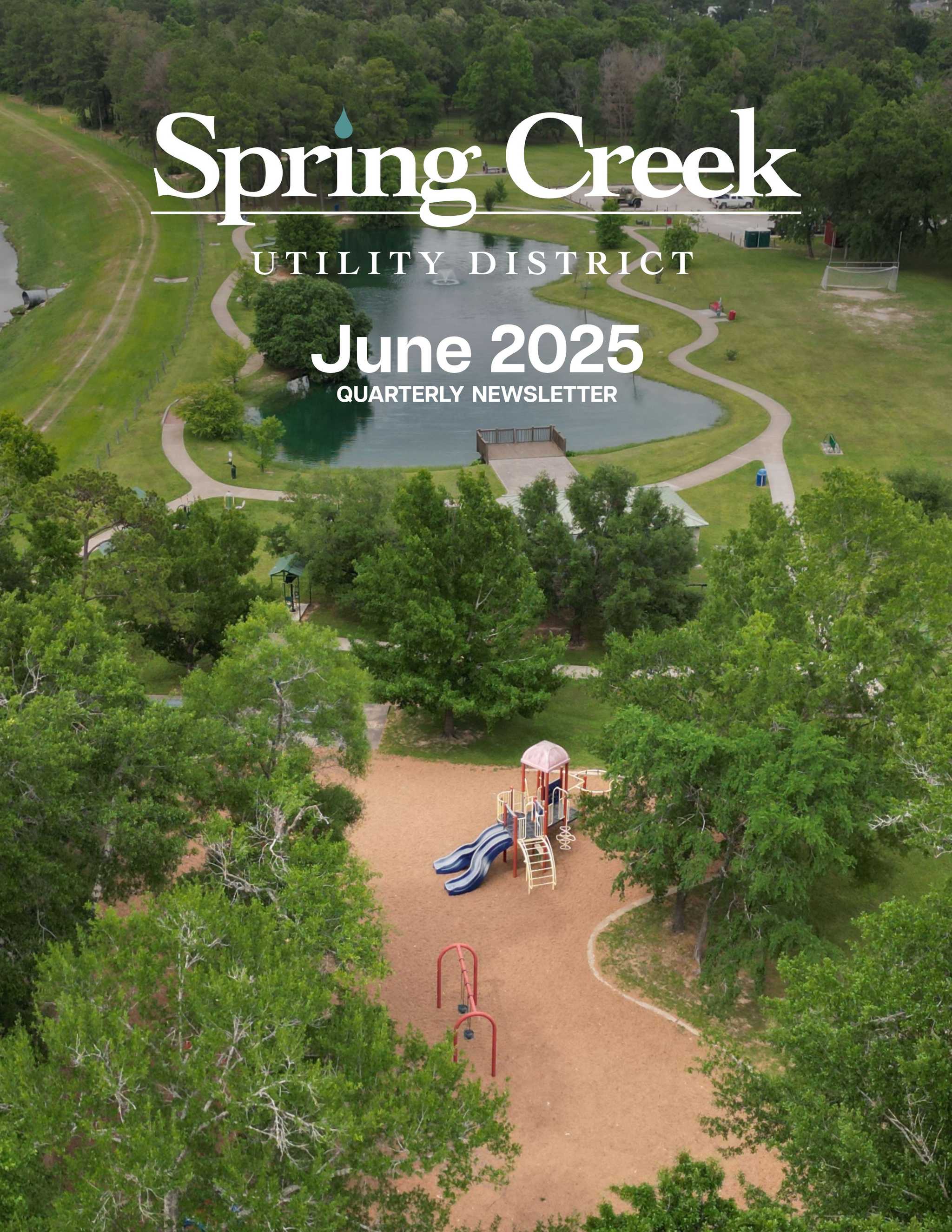
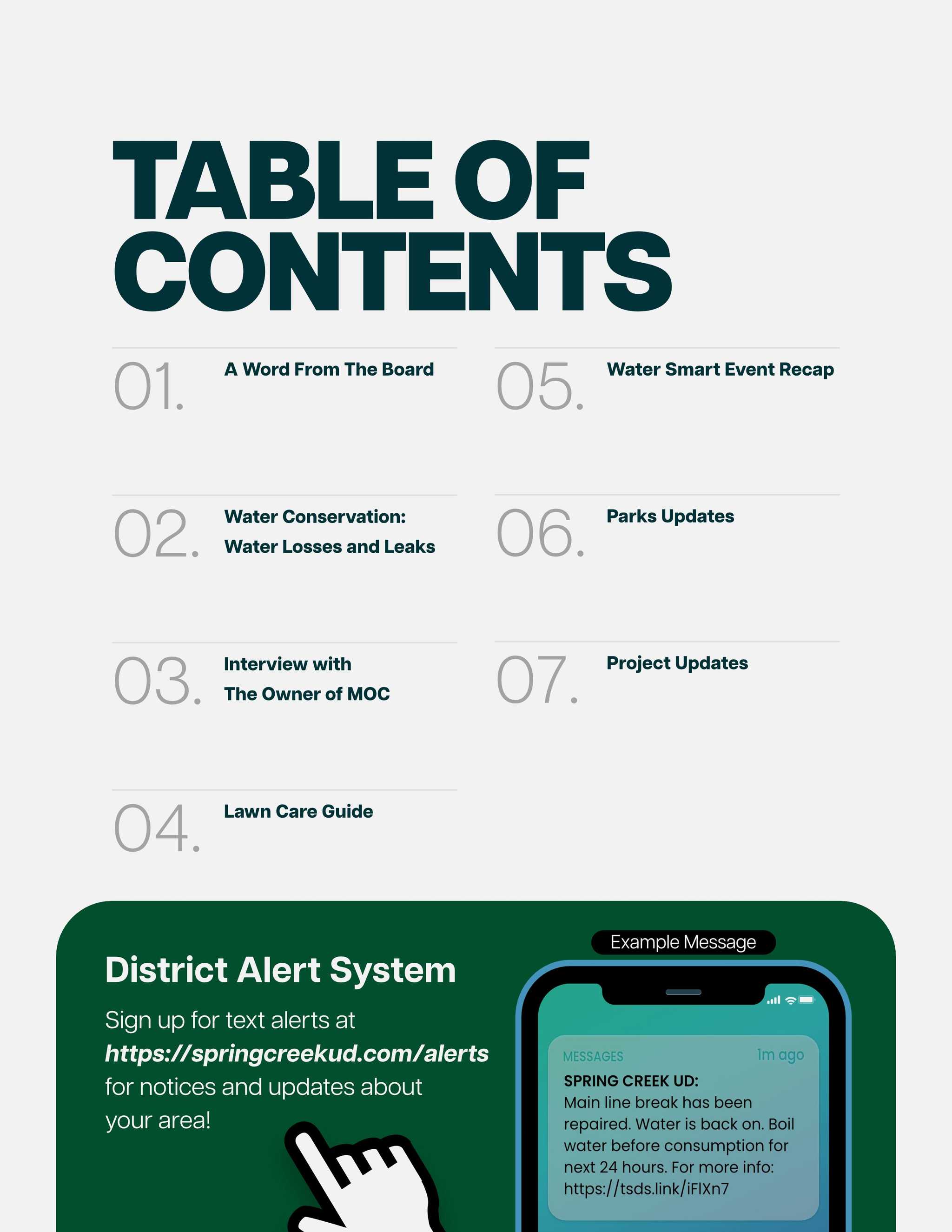

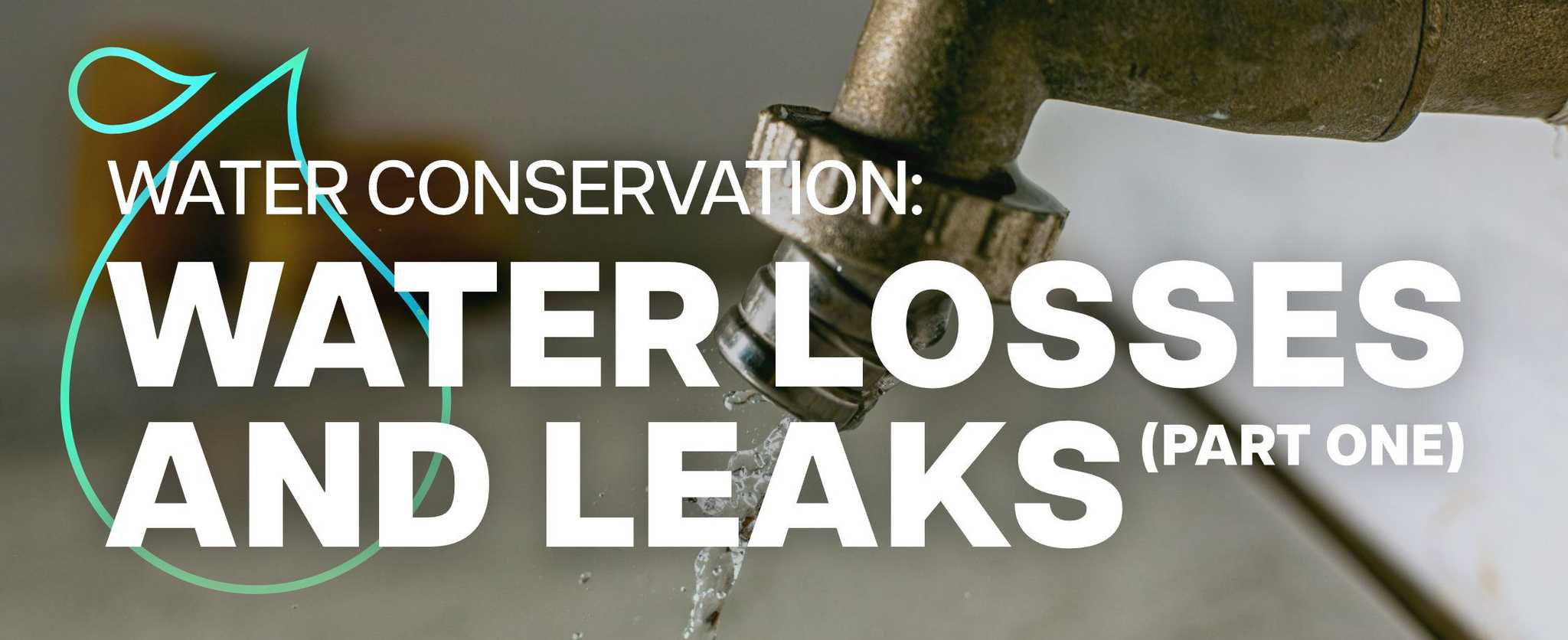
Water is an essential resource and safe drinking water plays a crucial role in promoting good health and support of virtually all aspects of life (food production, manufacturing, etc.). Water Utilities treat and distribute drinking water to our homes, businesses, institutions and industrial facilities. In the past, abundant water resources, in most parts of the country, could be readily and reliably tapped to supply communities. Today, in many regions, this is no longer the case due to climate changes, population growth, environmental conditions, aquifer depletion, etc.
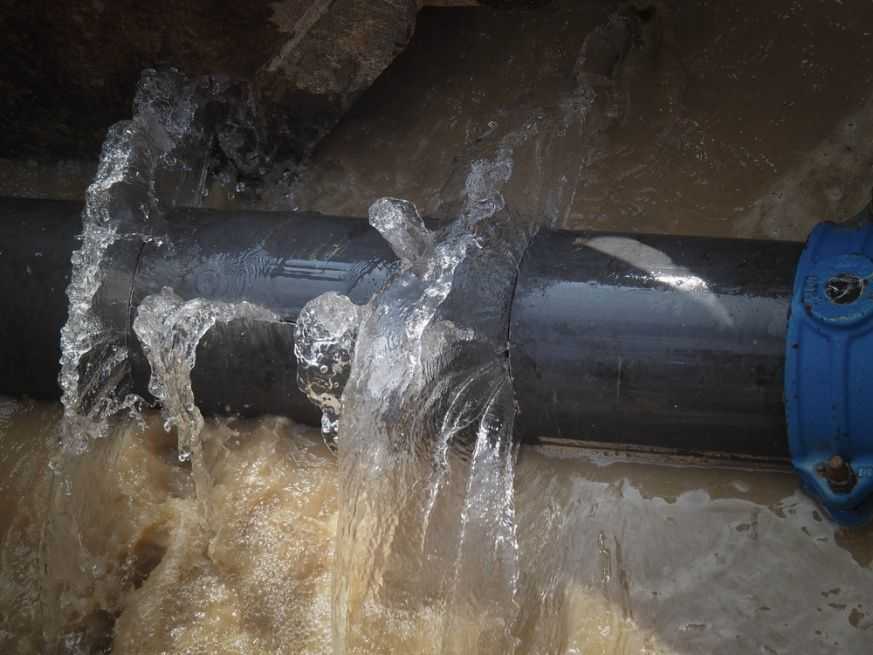
In Texas, the state is divided into 16 regional planning groups which are charged to identify water demands, available supplies and municipal needs and to propose management strategies necessary to fill the predicted water supply gap. The State Water Plan is revised every 5 years, and the most recent plan was published in 2022. At that time, it was projected that the population in Texas would increase by 73% over the next 50 years, that overall water demand would grow by 9% and, at the same time, the existing water supplies would decline by 18%. The potential shortage in a drought of record would be 6.9 million acre-feet of water (1 acre-foot = 325,851 gallons of water). To fill that gap, many different strategies were proposed to provide 7.7 M acre feet of water per year in additional water supplies by 2070. These included surface water, conservation and drought management, re-use, groundwater, seawater, aquifer storage and recovery. Conservation and drought management accounted for 30.9% of the total shortage. One of the major management strategies for water conservation in water utilities is to mitigate water losses.
A recent report by the Texas Living Waters Project, using data from the 2022 State Water Plan, indicates that Texas Utilities are losing at least 572,000 acre-feet of water per year. This is more than the total annual water needs of the cities of Austin, Fort Worth, El Paso, Laredo and Lubbock combined! This equates to 51 gallons/connection/day for each connection in Texas (on average).
In the Spring Creek Utility District, the ratio between pumped water and the total amount billed is around 95%, which equates to about 12 gallons/connection/day. This includes water used by the operator for mandatory flushing and other needs in the facilities.
Even though water losses in our district are far from being as high as the average losses in our state, we thought it would be appropriate to highlight the importance of this issue as a part of our continuing effort to promote water conservation. In this article, we will cover leaks at the utility level as well as these on the consumer’s side. But first, we need to make the distinction between leaks and water losses.
Water Losses
Water losses are "non-revenue" water, distributed in the system but not billed by the utility. These water losses are divided in two categories:
- Apparent losses, which include Customer Metering Inaccuracies, Unauthorized Consumption and Systematic Data Handling Errors
- Real Losses are physical water losses. (i.e. Leakage)
Non-revenue water also includes unbilled authorized consumption which represents water used in miscellaneous activities such as firefighting, mandatory flushing, etc.
Real losses are the ones we are focusing on at the utility level.
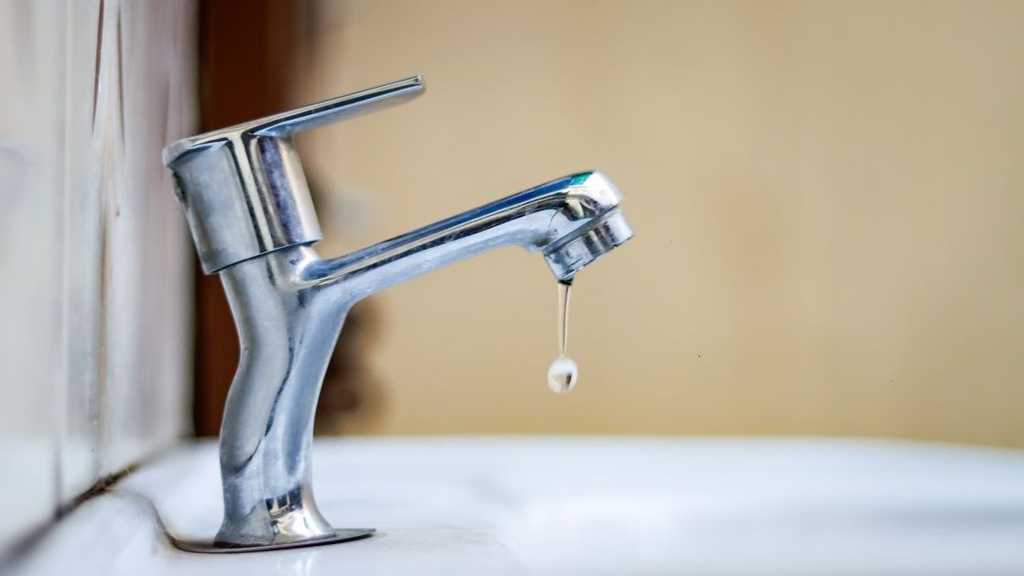
Leaks
Most of the leaks at the utility level occur in the transmission and distribution mains. Leaks can range from small, yet constant leaks to catastrophic main breaks. On average, the district repairs less than 10 leaks each month in the overall system, most of these being in the small distribution lines connecting to the end user. As these leaks are relatively small in nature, our operator relies on our customers to notify them when they see water running on the street (MOC’s 24-hour emergency line at 281-367-5511).
Leaks at the customer's side are not actual losses for the district as that water is going through the meter and is billed to the customer; however, this can be costly, and this is certainly a waste of an important resource. This is why the district has taken pro-active steps to help reduce these leaks as much as possible.
Leaks are not always visible and, consequently, not easy to locate. In addition to this, the water meter being in the ground and usually covered with debris and potentially critters, most people would not check it to verify consumption.
A few years ago, the Spring Creek Utility District invested in Smart Meters and replaced all the meters in the district. Not only do these meters transmit consumption data to the Operator, but, via the EyeOnWater app, consumers can verify their consumption and get an alert when a leak is present. For more information about the Smart Meters and to learn how to use the EyeOnWater app, click here.
Unfortunately, today, less than 20% of the district customers are enrolled to use this tool. Last month, the operator reported 108 leaks, and, in most cases, the customer is not using the EyeOnWater app, and therefore may not realize there is a leak until he or she receives a much larger bill than usual. MOC, the district operator, investigates the largest leaks (greater than 10 gal./hr.). Very often, these leaks are not visible from outside of the building, and the operator leaves a door tag, notifying the customers that a leak is present somewhere on their premises. The district operator may turn the water off in some circumstances to preserve water (vacant property, irrigation system or no corrective action taken after a while).
In the next issue of our newsletter, we will go into more detail about common leaks in and around the house and how to detect these. In the meantime, if you have not signed up for the EyeOnWater app, do so and start monitoring your water usage.
